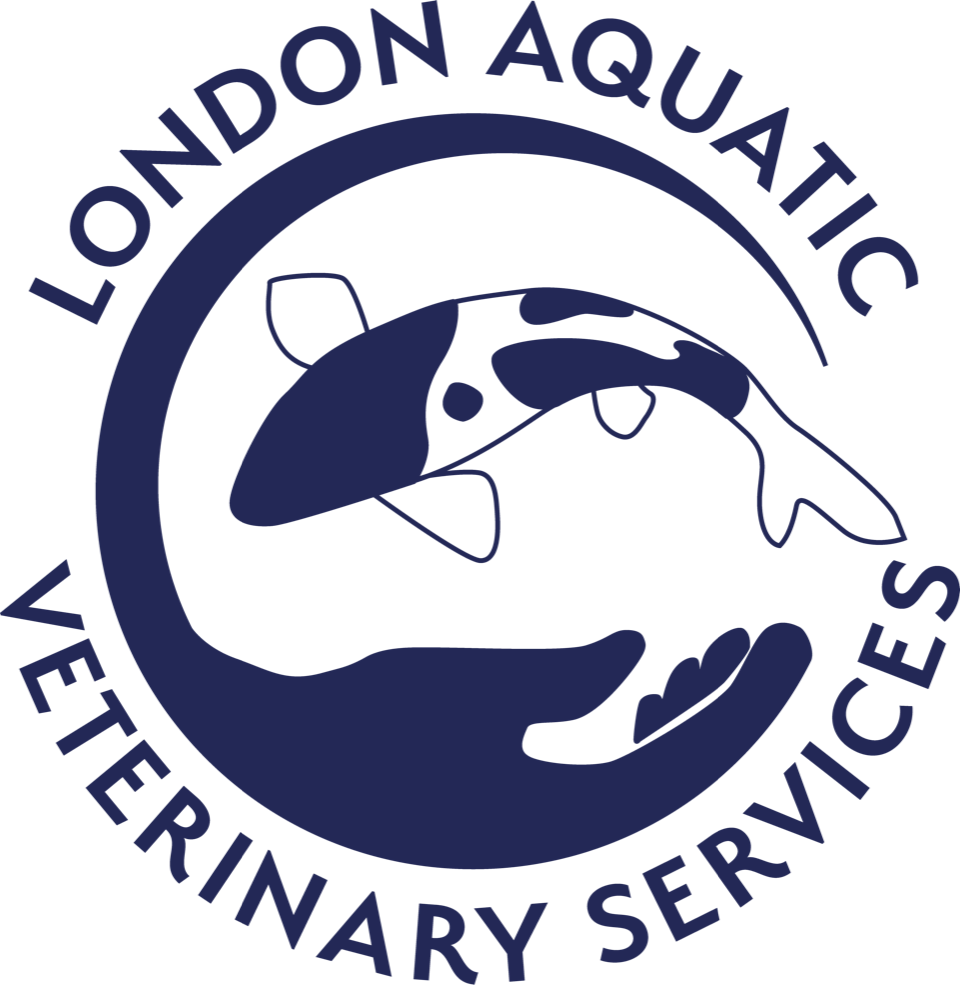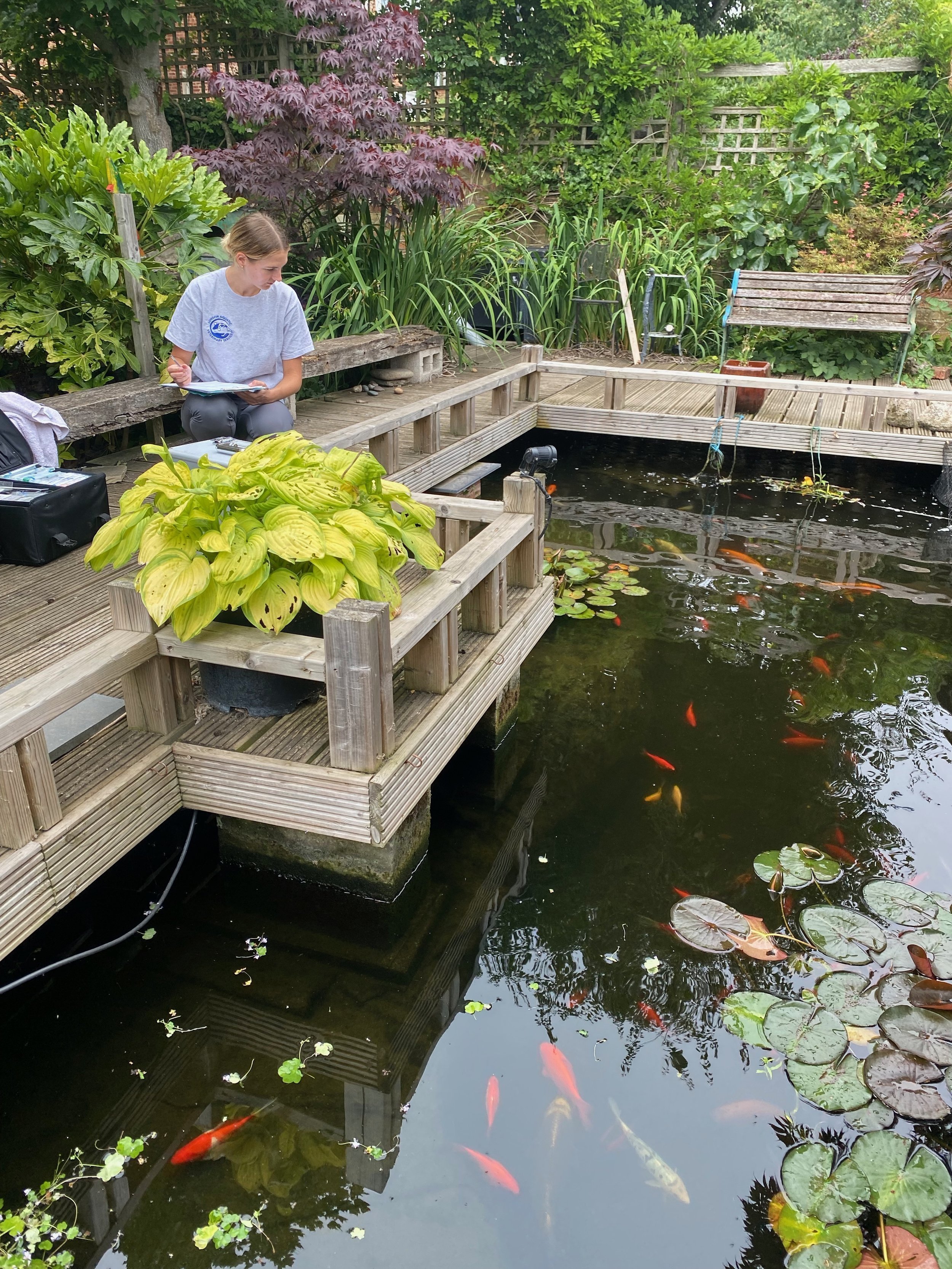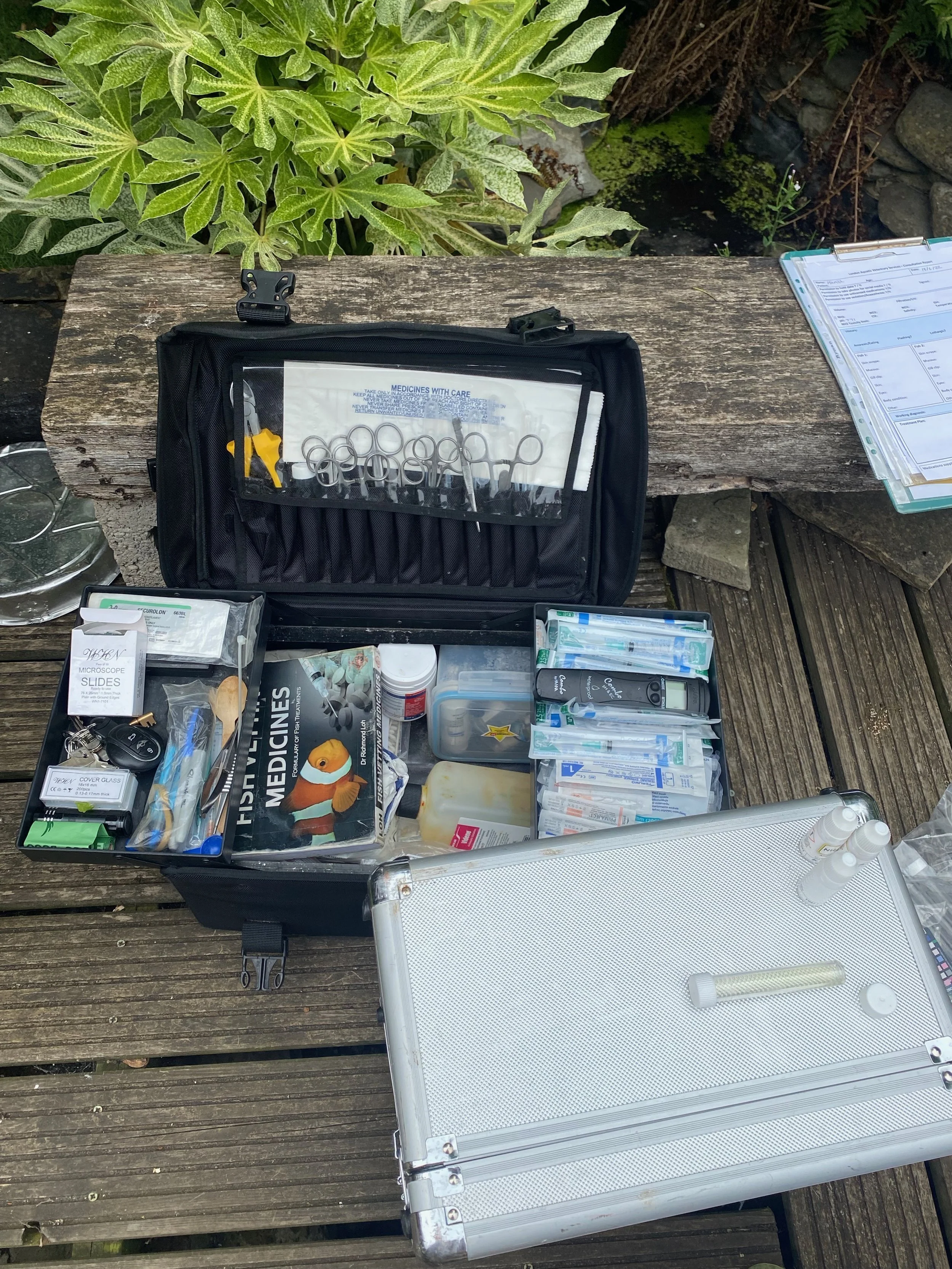Typical carp pox lesions are white to grey in colour and smooth in texture often resembling melted candle wax. Lesions are most commonly found on the dorsum and fin tips but can be found elsewhere on the body.
A common water quality issue experienced by all fish keepers at some stage or another is a spike in nitrogenous waste pollutants such as Ammonia (NH3) and Nitrite (NO2). This occurance is sometimes known as new pond syndrome. For the purposes of this article we will refer to the build up in ammonia and nitrite as new pond syndrome, NPS.
So although nitrates aren’t as toxic when compared to ammonia and nitrite, significant build up in nitrates can be equally detrimental to fish health. Nitrates in the UK, particularly in and around the London area, can be tricky to manage in ponds as the concentration in tap water can be up to 50mg/l. For most ponds, this means you’re instantly on the back foot as when performing routine water changes you’ll be adding to the nitrate concentration in the pond which is far from ideal.
Winter can be a tough time for fish in outdoor ponds. Although the majority of fish will survive the depths of winter in an unheated pond there are several important steps and factors to be considered to ensure that your fish not only survive winter but flourish the following spring.
In some clinical scenarios London Aquatic Veterinary Services may advise you to feed your fish medicated food. This is usually always feed medicated with antibiotics to treat bacterial infections in fish. Giving fish oral (by mouth) antibiotics is a very common method used in fish medicine and is often preferred to other methods of medicating fish.
Introducing new fish to your pond is an enjoyable activity and provides some of the best bits of fish keeping. Unfortunately, no matter how reputable the source of the new fish is, introducing new fish will always come with a risk. Thankfully there are several ways you can reduce the risk of this happening.
Bacterial infections in koi make up a large majority of the case load at London Aquatic Veterinary Services, with ulcers and fin rot being the most common symptoms in need of treatment
1: Calculate the exact volume of your pond.
Estimating the volume of your pond could lead to a fatal overdose. To calculate rectangular ponds - Width x Length x Depth. For irregular shaped ponds consider using salt to calculate the exact volume.
Below is a list of steps to take at home when you notice a water quality spike in ammonia and nitrite. Not only can spikes in ammonia and nitrite kill fish rapidly but when moderate levels go undetected for extended periods of time, chronic exposure to these toxins will open your fish up to disease.
General health checks are for ponds and aquariums with fish that are free from obvious signs of disease. These consults aim to ‘check in’ on the health of the fish at regular intervals to provide stability in fish health year round.










